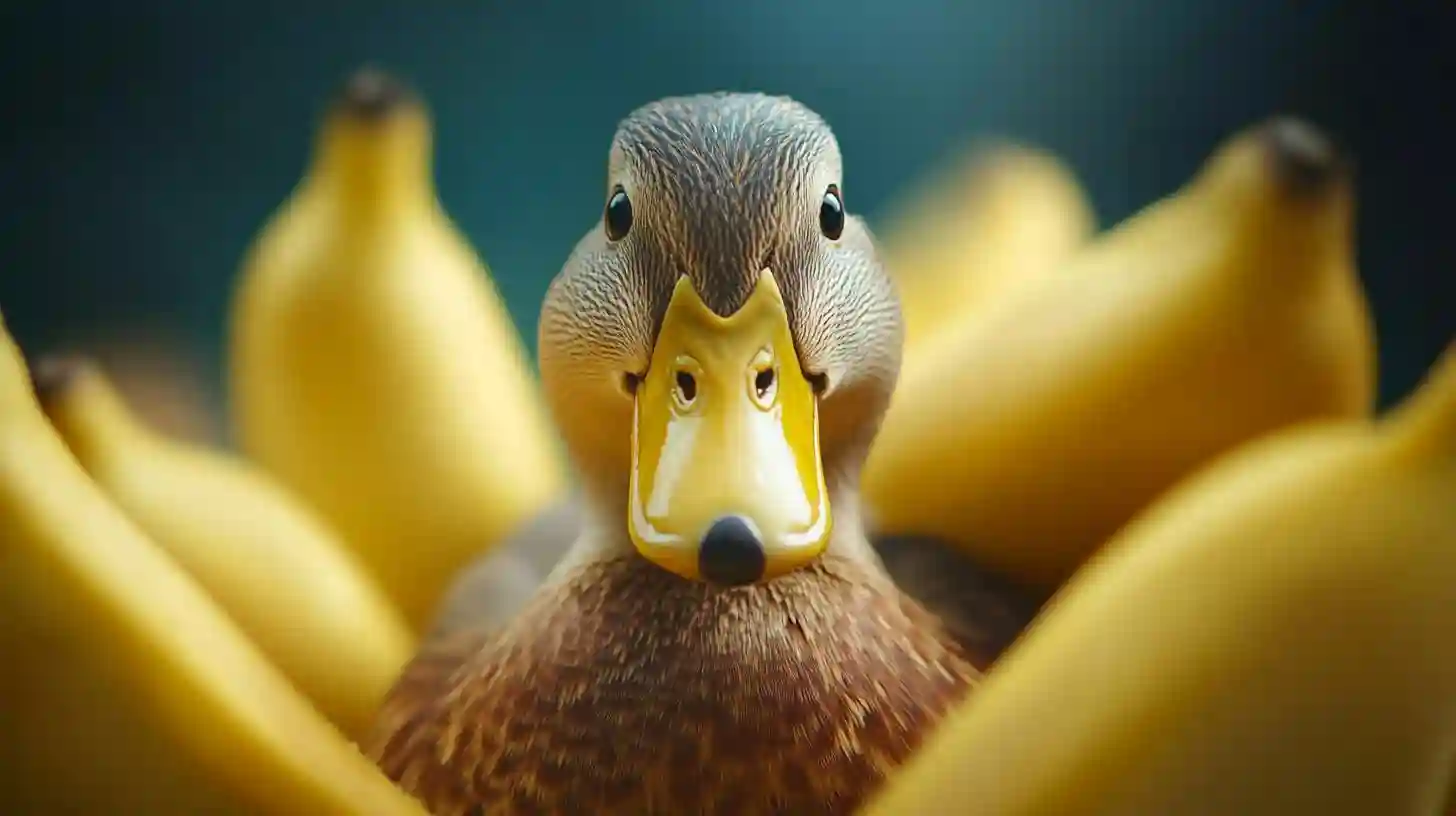
Ducks have an undeniable charm that captivates people of all ages. Their waddling gait, vibrant plumage, and endearing quacks easily draw the attention of anyone passing by a lake, pond, or even a quiet backyard. The allure of ducks stems from a combination of their physical characteristics and their engaging behaviors, which create a unique connection with observers. While these waterfowl might seem ordinary at first glance, a deeper exploration reveals a world of fascination that lies beneath their surface.
One of the most striking features of ducks is their colorful feathers. Depending on the species, ducks can showcase a stunning array of plumage that ranges from earthy browns to vivid hues of green, blue, and even purple. Male ducks often boast brighter colors compared to their female counterparts, a phenomenon known as sexual dimorphism. This vivid coloration serves a dual purpose: it not only aids in attracting mates during the breeding season but also provides camouflage from potential predators. However, the beauty of ducks isn’t solely dependent on their coloration; the intricate patterns and variations in feather texture further enhance their visual appeal. Observing these vibrant and diverse patterns, especially in species such as the Mandarin duck, can be a mesmerizing experience.
Beyond their appearance, ducks possess a personality that appeals to human affection. Their curious nature and social behavior contribute to their irresistible charm. Ducks are generally seen in groups, often quacking in unison or engaging in playful activities such as splashing in the water or dabbling for food. Observing these interactions can be delightful, as ducks display a remarkable level of camaraderie, establishing social hierarchies within their flocks. Their playful antics and curious explorations often mirror human attitudes toward friendship and community, fostering a sense of connection that resonates with many.
Furthermore, ducks exhibit a range of behaviors that can easily entertain onlookers. For instance, the way they tip themselves forward while feeding in water, with their tails sticking up, creates an amusing sight. Their comical waddling and playful splashes can evoke laughter and joy in anyone fortunate enough to witness their antics. They are also known to engage in synchronized swimming, a practice that showcases their coordination and ability to work together. This behavior draws parallels to human group activities, highlighting cooperation and fun, which inevitably endears them even further to those who watch.
The versatility of ducks adds another layer of intrigue to their character. Found in nearly every region of the world, ducks inhabit a variety of environments, from serene ponds to bustling urban parks. Each species is adapted to its unique habitat, showcasing different feeding patterns and nesting behaviors. For instance, some ducks are dabblers, skimming the water's surface for food, while others dive beneath the surface to catch fish or aquatic vegetation. This adaptability not only makes them a common sight in diverse locales but also invites intrigue about their lifestyles and survival strategies. Observers become curious about where they forage, how they choose their nesting sites, and the various challenges they face in their habitats. Such exploration can foster a deeper appreciation for nature and the ecosystems within which these charming creatures thrive.
Ducks also hold significant cultural symbolism across various societies. They often represent freedom and adaptability, embodying a sense of exploration across different waters and landscapes. Folklore and stories have imbued ducks with various meanings, painting them as symbols of determination or joy. Popular children's tales often feature ducks as central characters, promoting lessons of friendship, perseverance, and growth, which resonates with both young and adult audiences. Activities such as duck feeding or visiting farms where ducks roam freely connect people to these themes of friendship and open-mindedness, highlighting the sense of community that can arise from shared experiences with nature.
Moreover, ducks play a vital ecological role within their habitats. As foragers, they help maintain the health of aquatic ecosystems by controlling algae growth and dispersing seeds. Their presence indicates a robust environment, and observing ducks can motivate individuals to consider environmental stewardship. Protecting their habitats can lead to a richer biodiversity, where ducks coexist with numerous other species, emphasizing the interconnectedness of life.
The simple joy that ducks can inspire is tremendous. Whether it’s through their charming appearance, playful behaviors, adaptability, cultural significance, or ecological importance, these waterfowl can effortlessly capture hearts. The next time you encounter a duck, take a moment to appreciate its unique qualities and the myriad of stories it embodies, bleeding light and laughter into the everyday world around us. With this appreciation comes a deeper understanding of the simple yet profound pleasures that nature offers, inviting everyone to cherish the magic of these remarkable creatures.